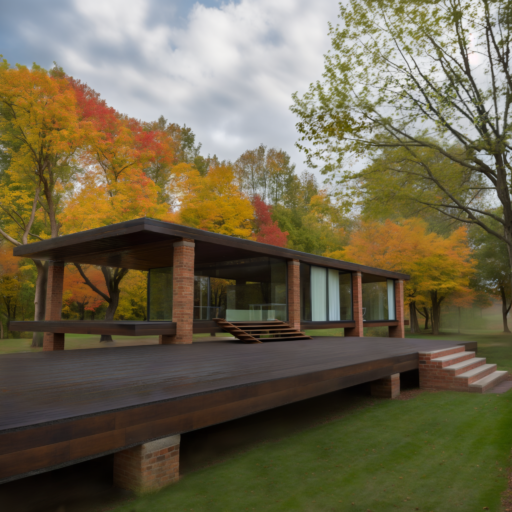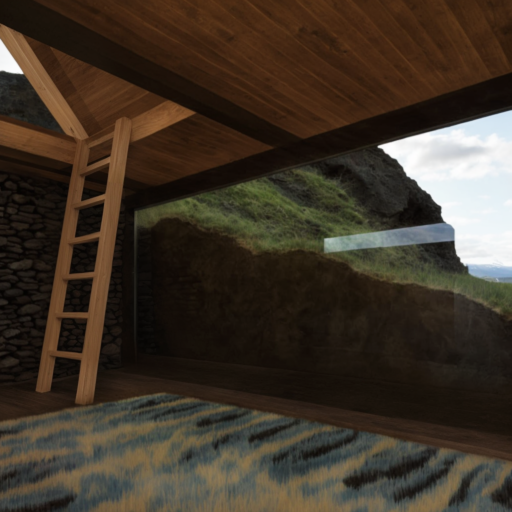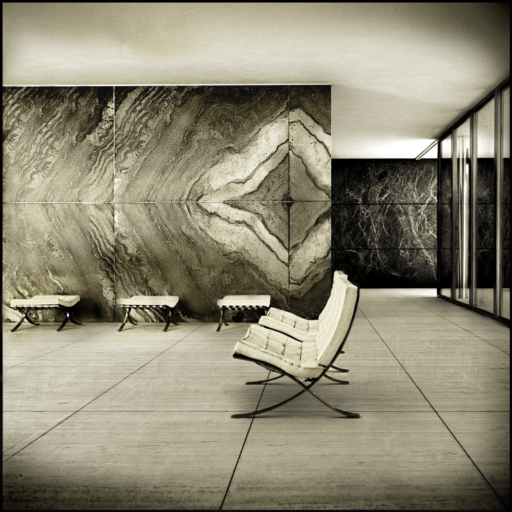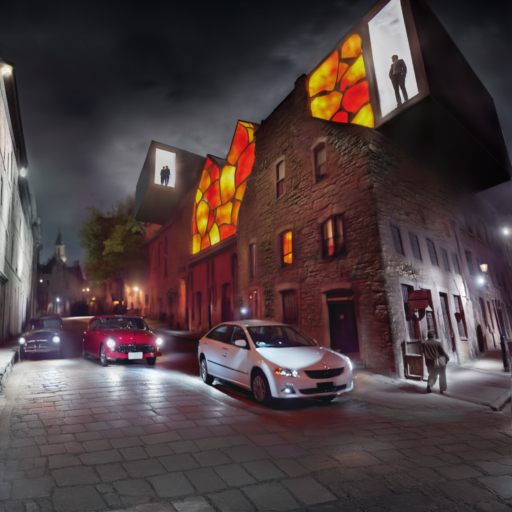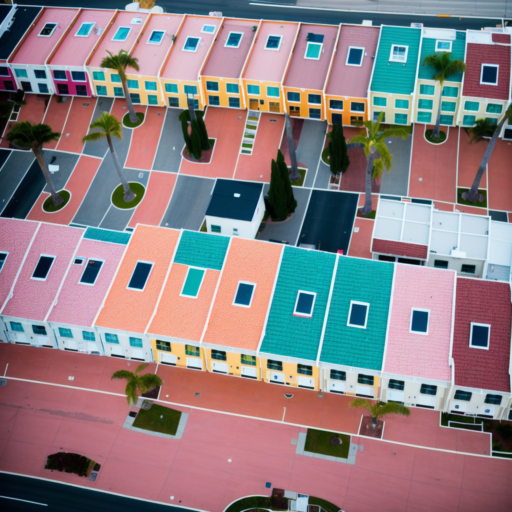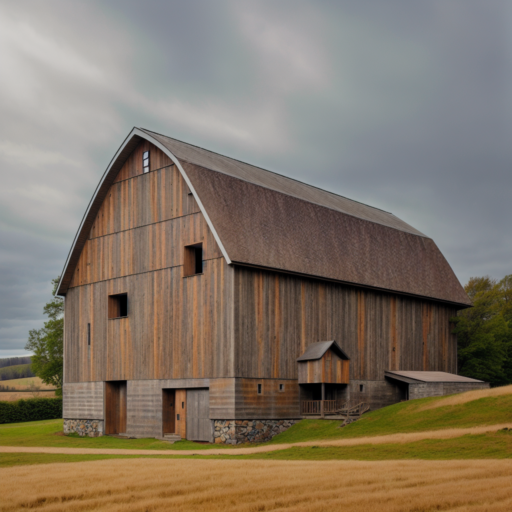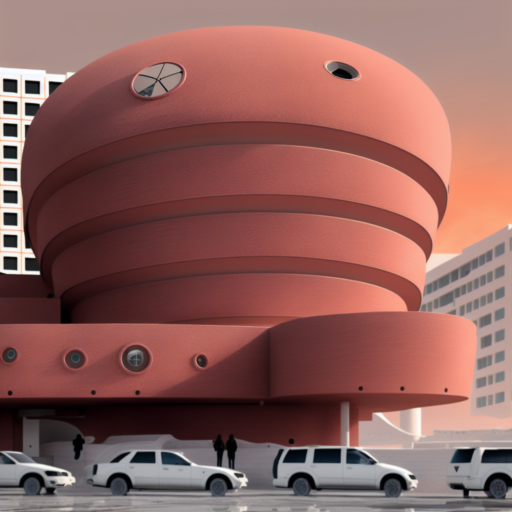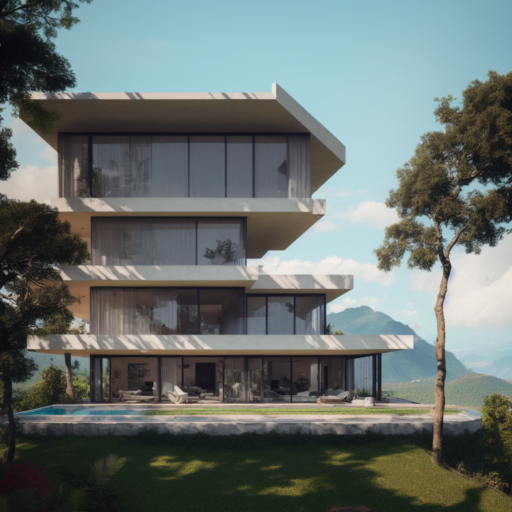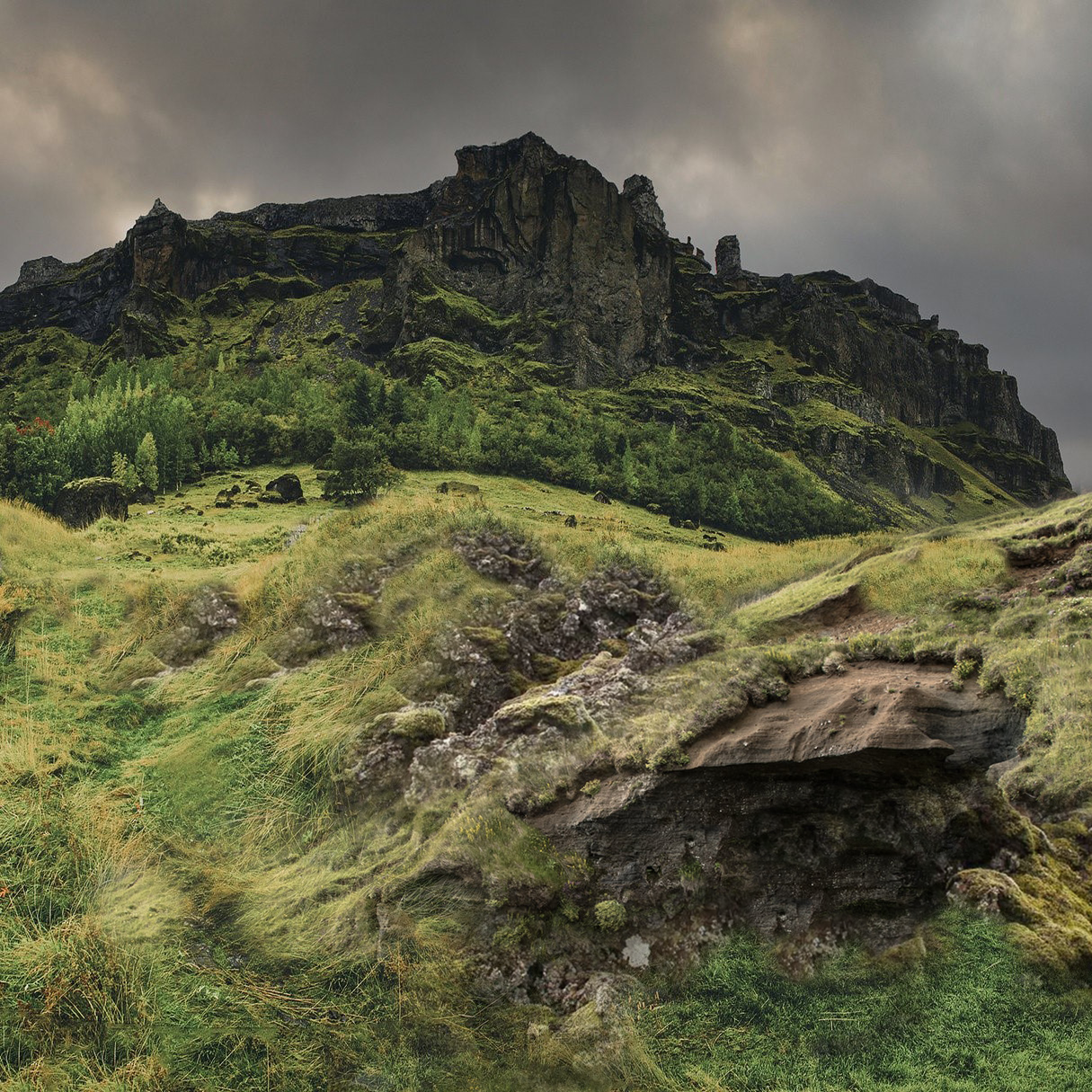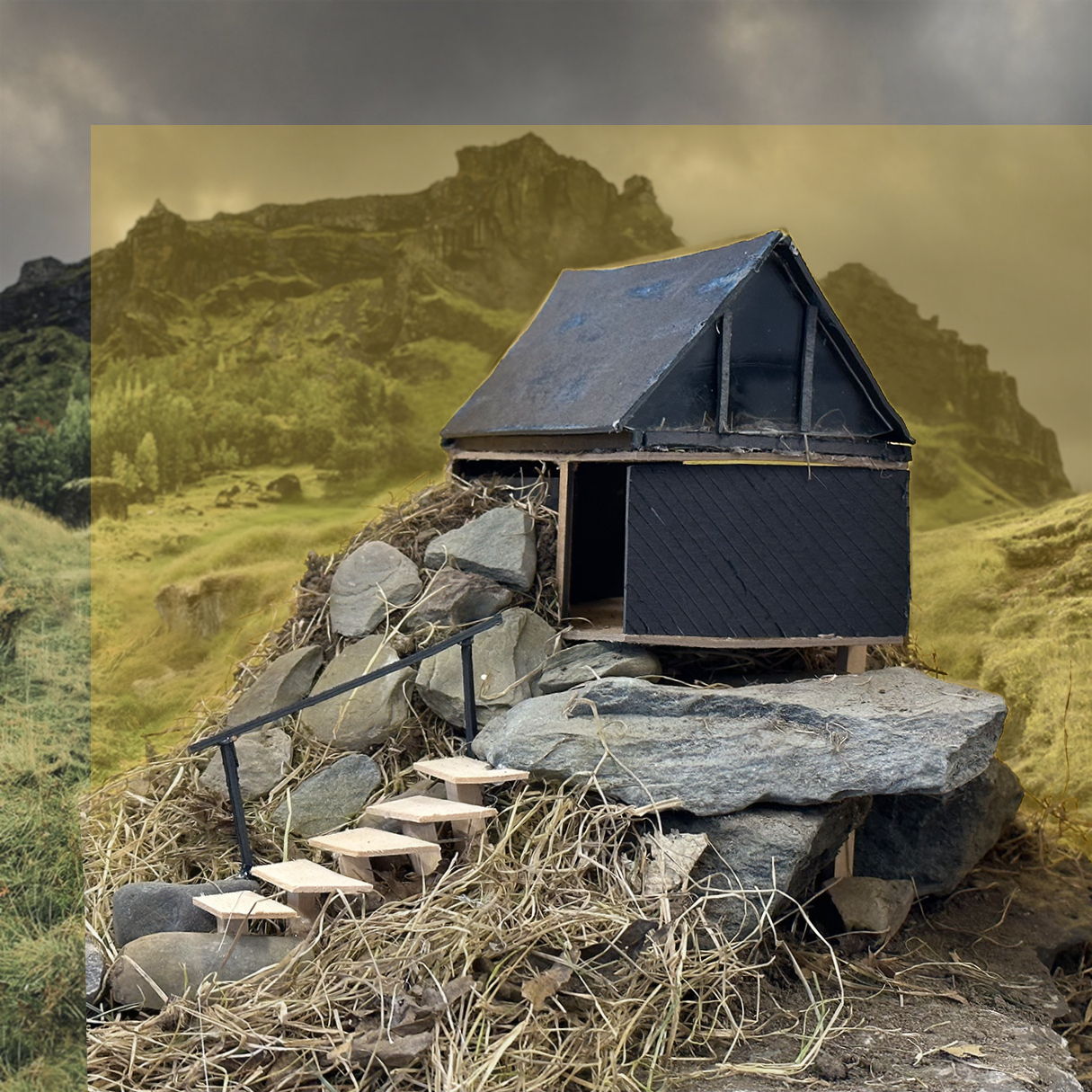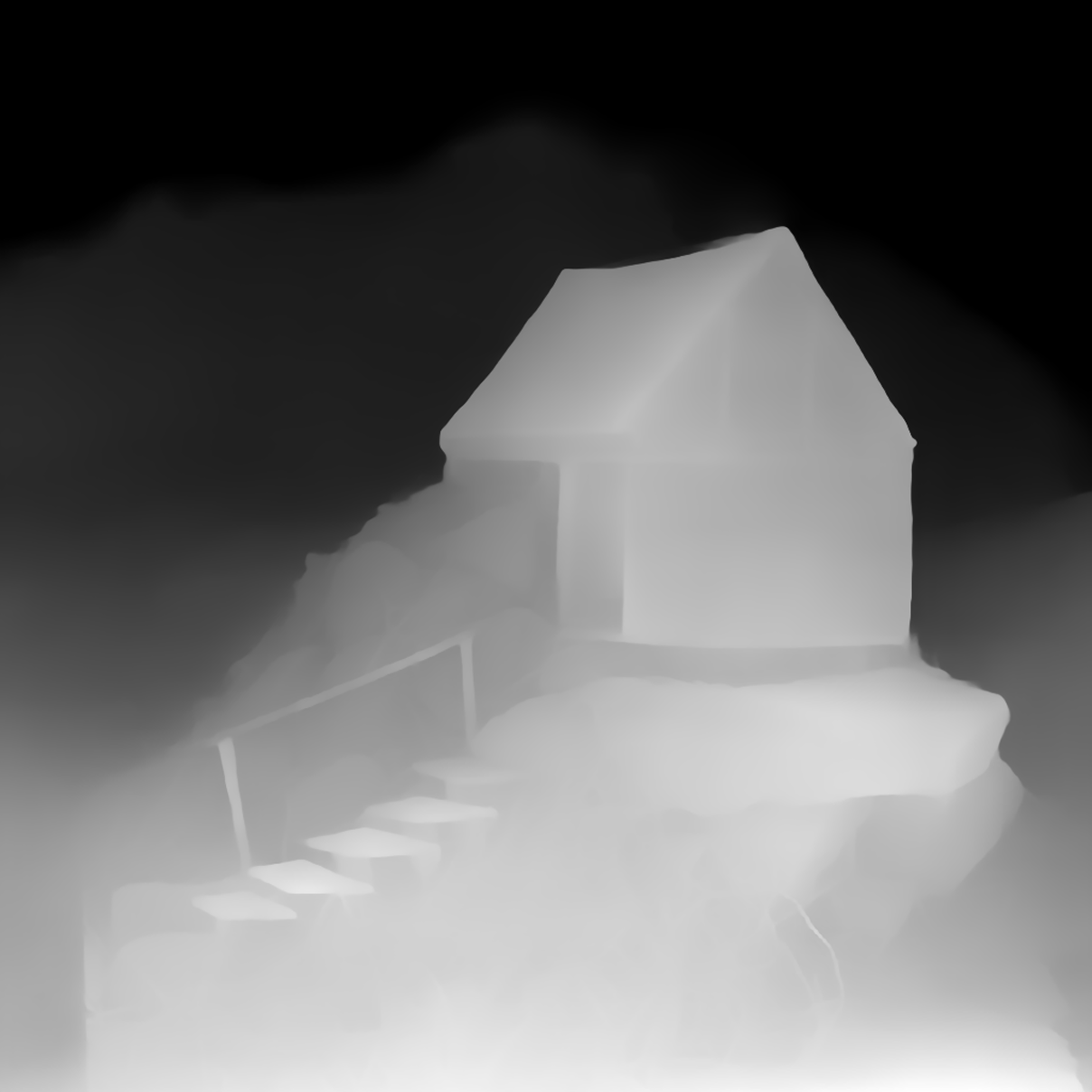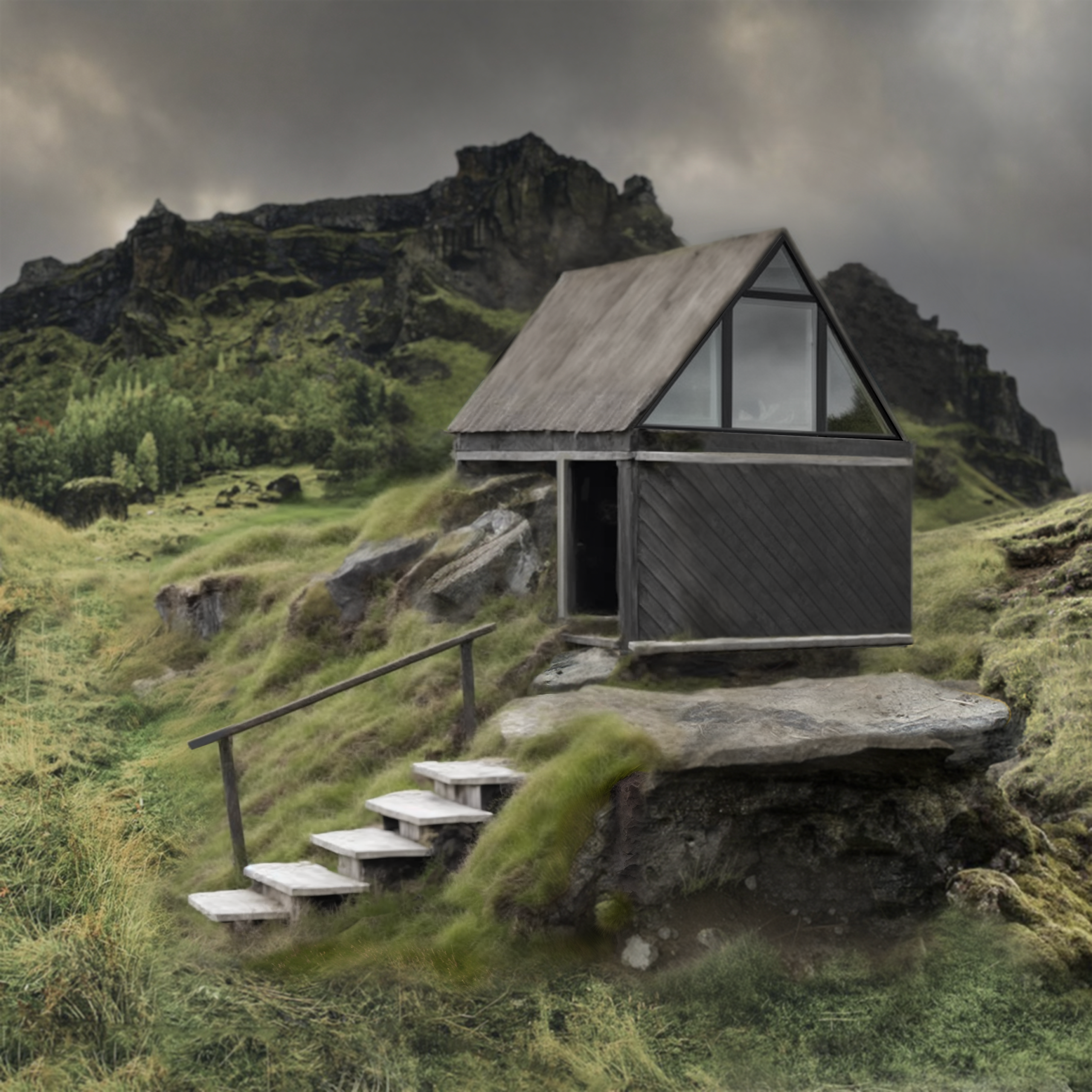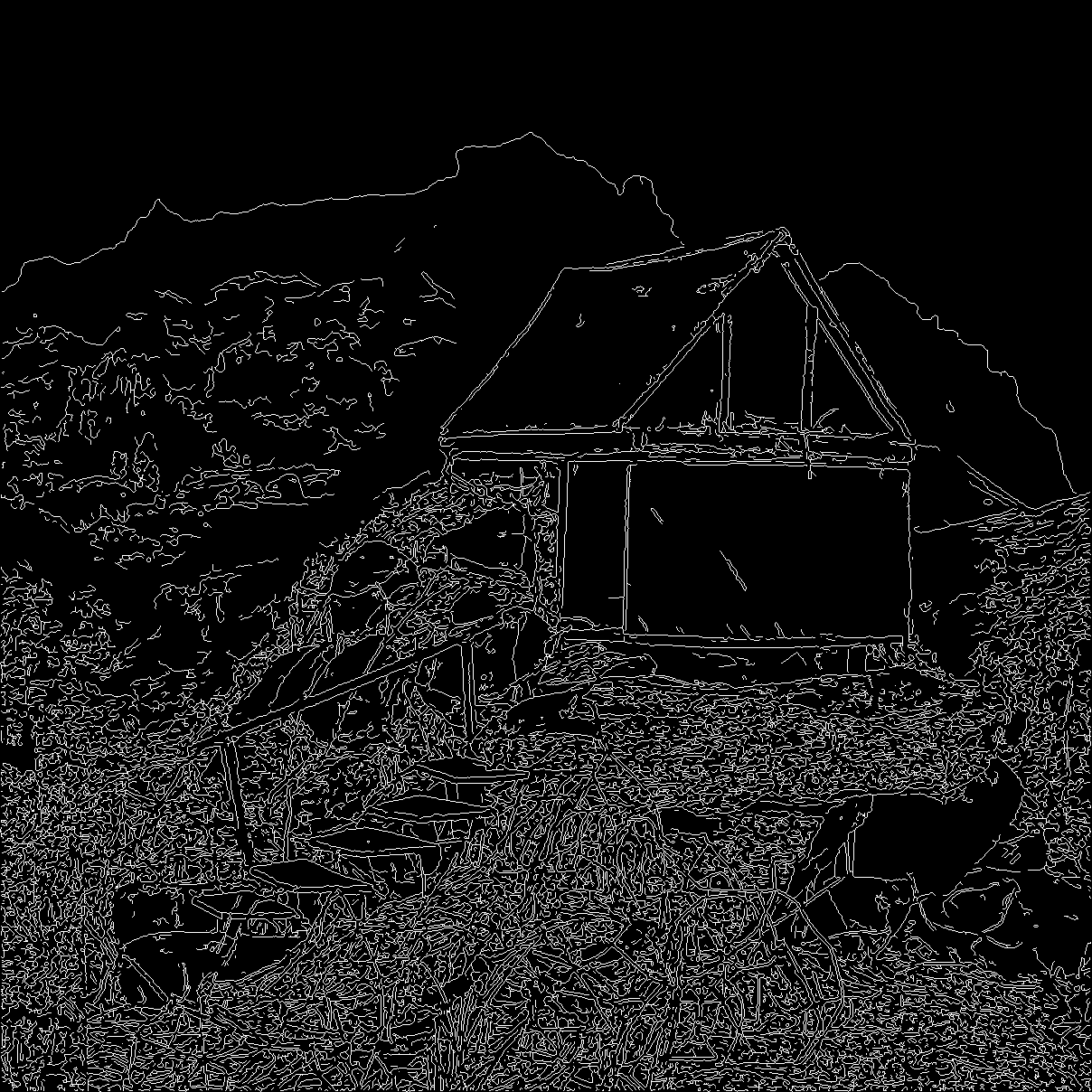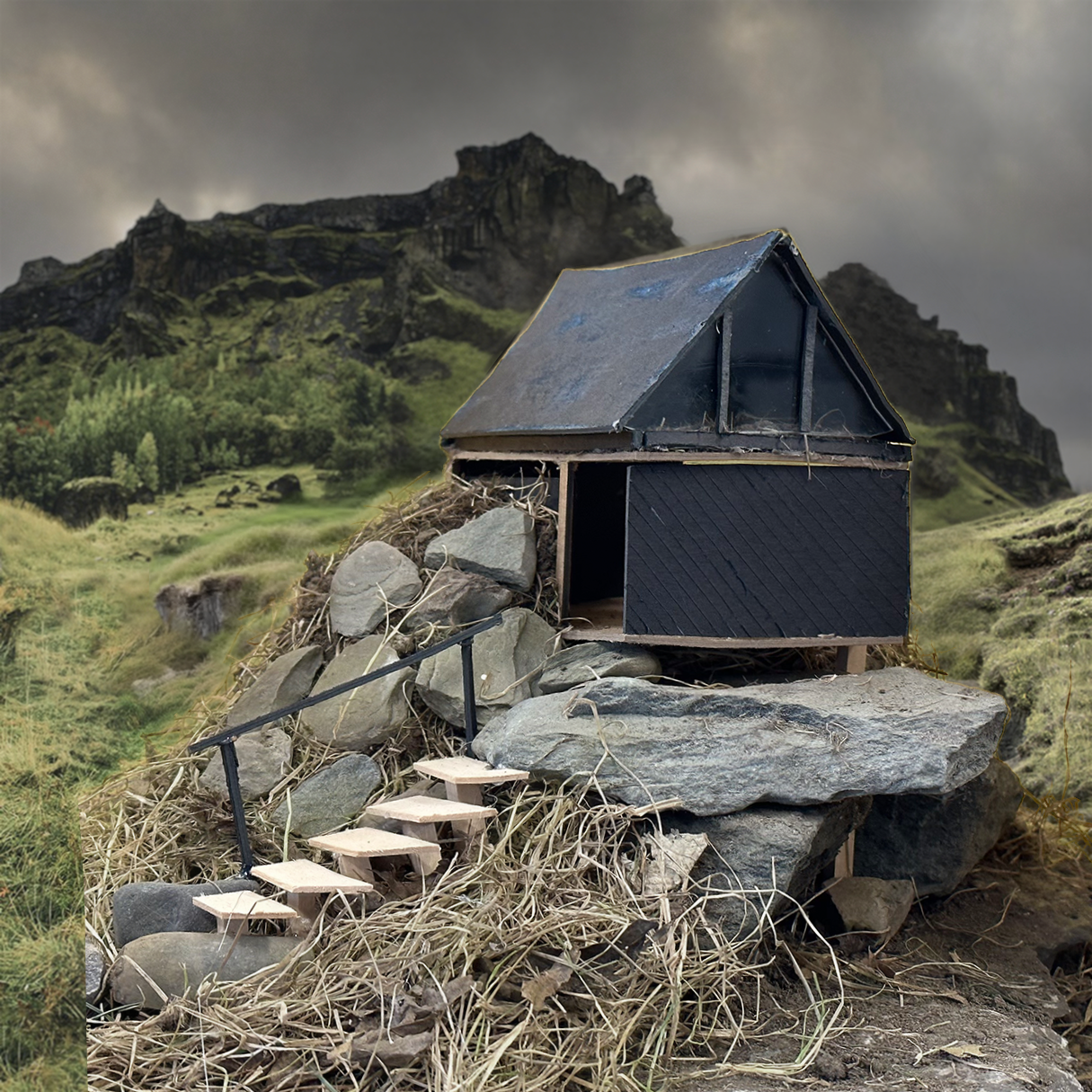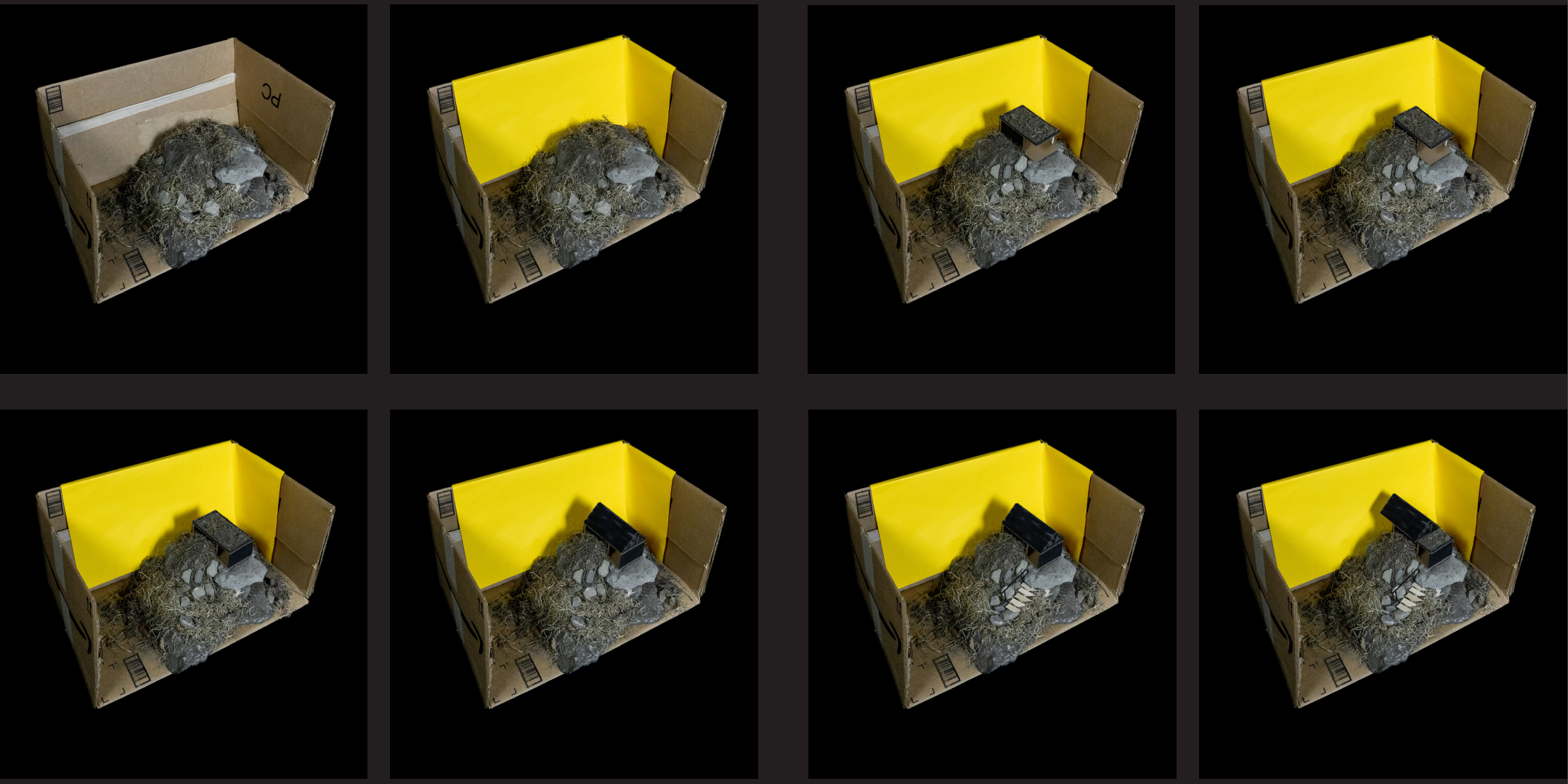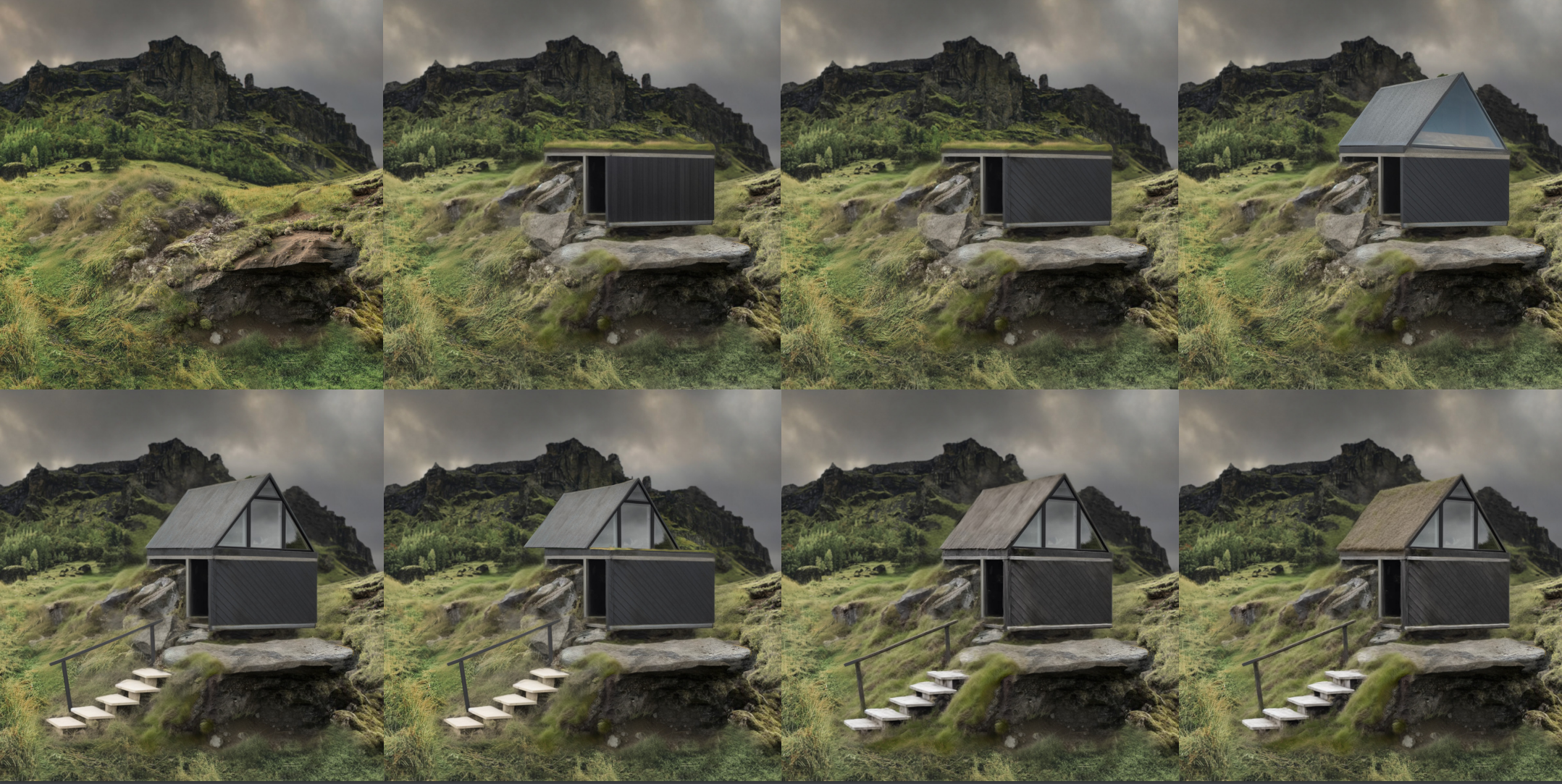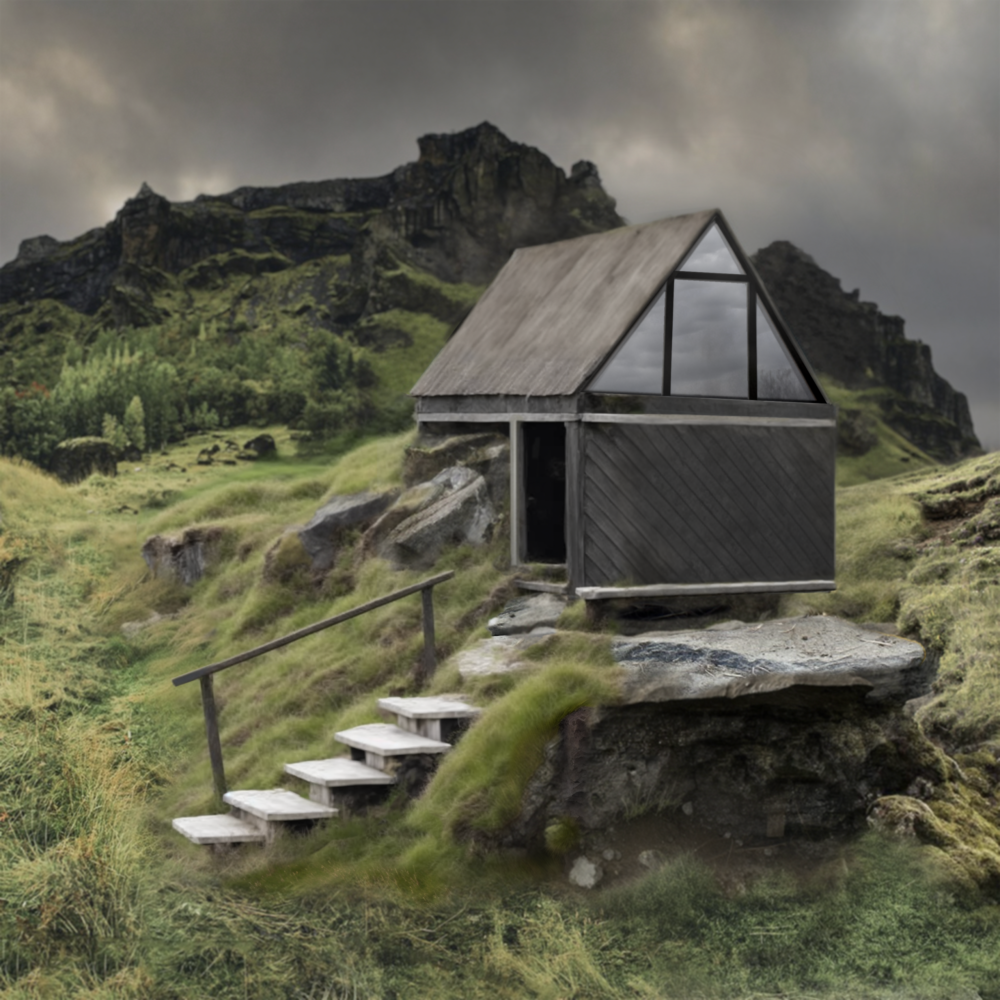
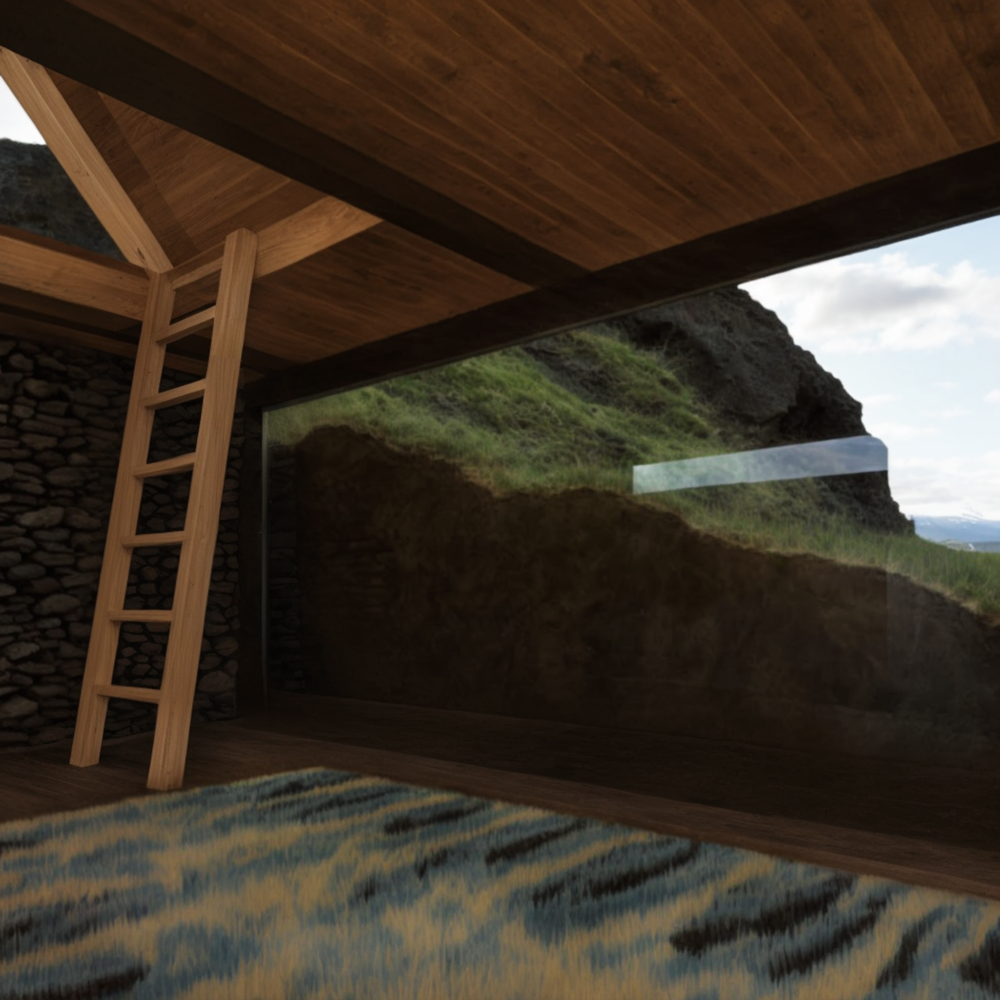
According to industry standards in design representation, that number is around 5,000 dollars. Beyond the prohibitively high cost for most firms, this massive expense speaks volumes to how these renders are being utilized in our industry. These are not made for or by designers, they are purely marketing tools used to sell a product.
The quality provided by affordable and fast arch-vis alternatives falls short of yielding meaningful design feedback or freedom. They result in distracting and uninspiring depictions.
THE PROBLEM:
THE TOOLS AVAILABLE TO DESIGNERS ARE ARTIFICIALLY LIMITING THE CREATIVE PROCESS
THE SOLUTION:
EXPAND DESIGNER AGENCY BY DEVELOPING TOOLS THAT EXPLOIT NEW GENERATIVE AI AND INTEGRATE MATERIAL DECISIONS INTO THE DESIGN PROCESS
As a baseline for this to be effective we need to achieve competitive quality, cost, and speed.
On top of this, I believe the tool must also provide control, familiarity, and customization.
Quality, cost and speed are quite straight forward. The other three may require more explanation.
Control refers to the ability to produce deterministic results with adequate user input. That input must also be feasible and easily manipulated.
Which leads into familiarity. The tools, workflows and processes should be ones well established in the design world. Users should be able to use processes they are already comfortable with. Otherwise the software is not accessible.
This again leads to the next and final point: customization. There is not a single workflow that works for all users, and the tool should be flexible enough to allow designers with different skill sets and preferences to take advantage of it.
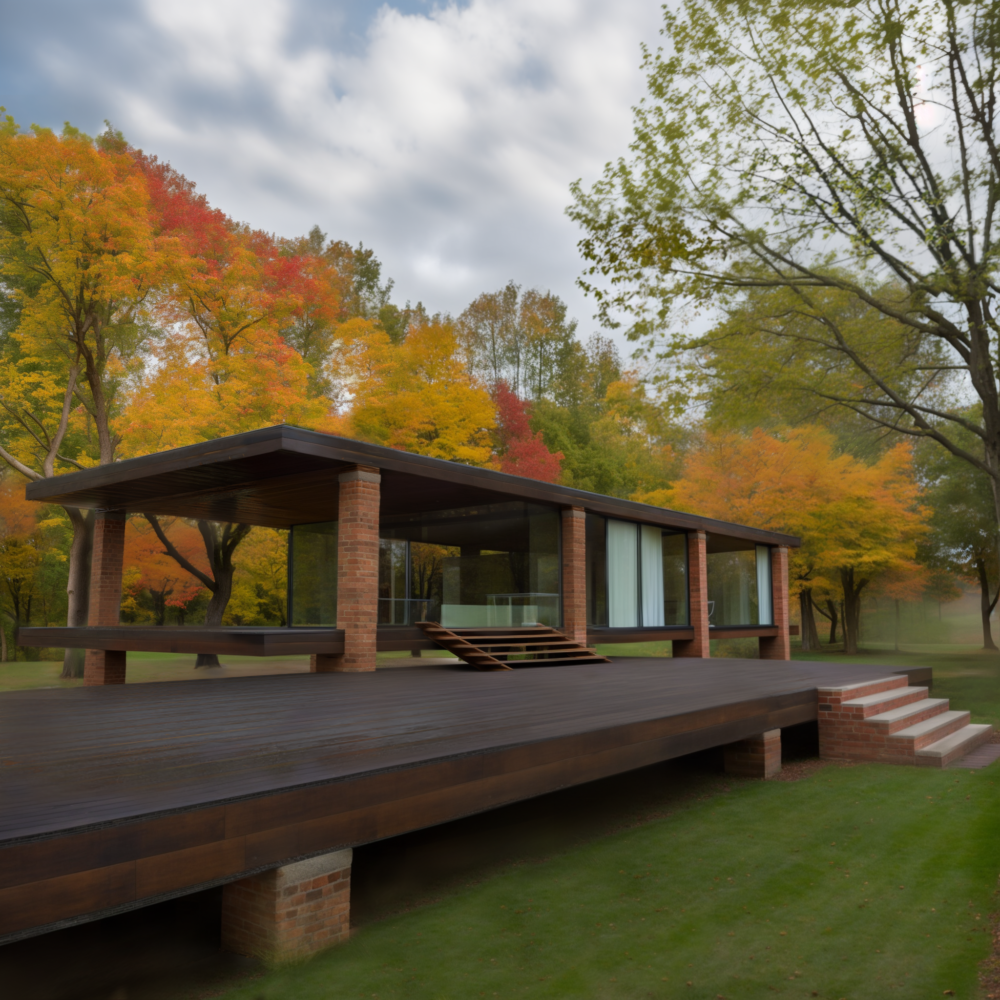
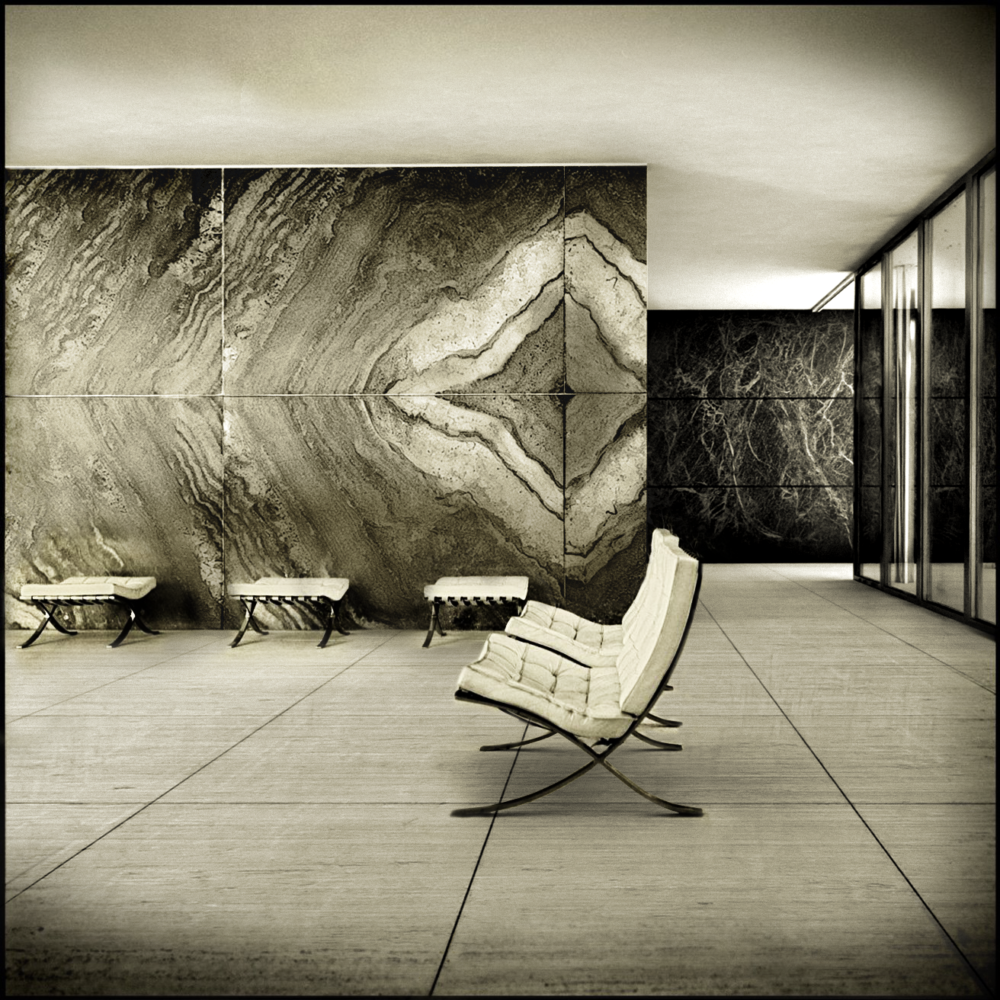
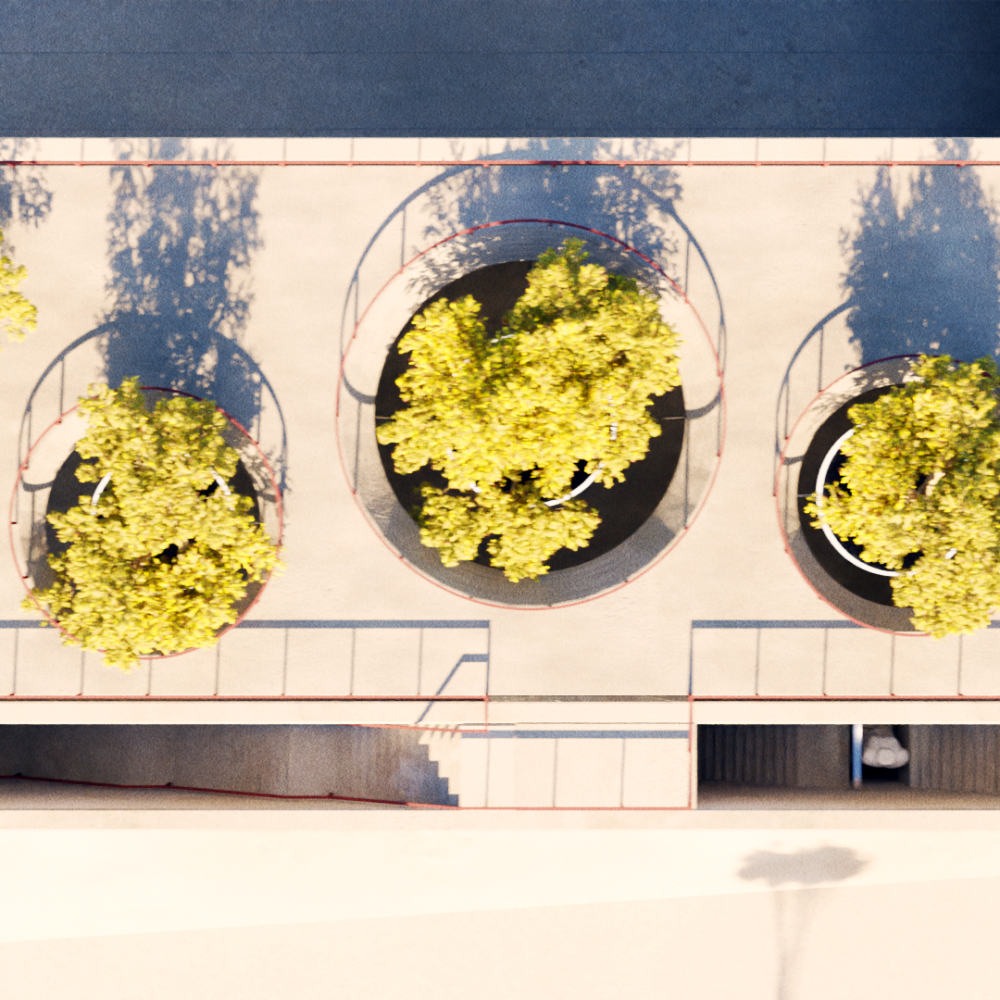
Let’s use the architecture competition as an example of why these points are so crucial:
Large firms will spend thousands of hours, and hundreds of thousands of dollars on a large design competition. This makes competing in such a space nearly impossible for smaller design teams.
However, with what I propose today, I hope to prove that a strategic utilization of the rapid democratization of our tools will allow even individuals the opportunity to not only compete but excel.


boop


plop

